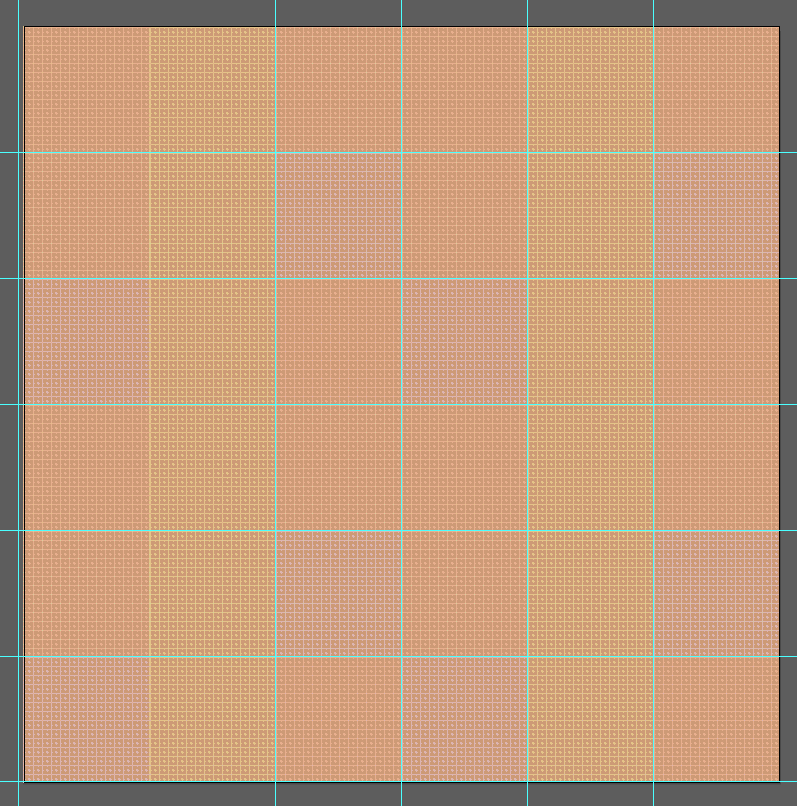I'm designing a nonwoven fabric (the panels size will be 69"x92"). The repeat tile measures 21"x21" and I need to repeat mini squares that measure 1/32" each. Above the layers containing these mini squares, the pattern tile will have other elements.
I designed the squares and then repeated them using Effect --> Distort&Transform --> Transform. As you can imagine, the anchor points are too many: my RAM is almost exploding and I really need to find another solution. Repeating the final pattern would be impossible.
I tried to simplify the path with Object -->Path-->Simplify, but it's not enough.
Do you have any suggestions?
I should also specify that I'm repeating these little squares in order to give a "fabric texture" effect to a nonwoven fabric. Any other ideas to recreate a woven effect would be more than welcome.

Thank you so much.




